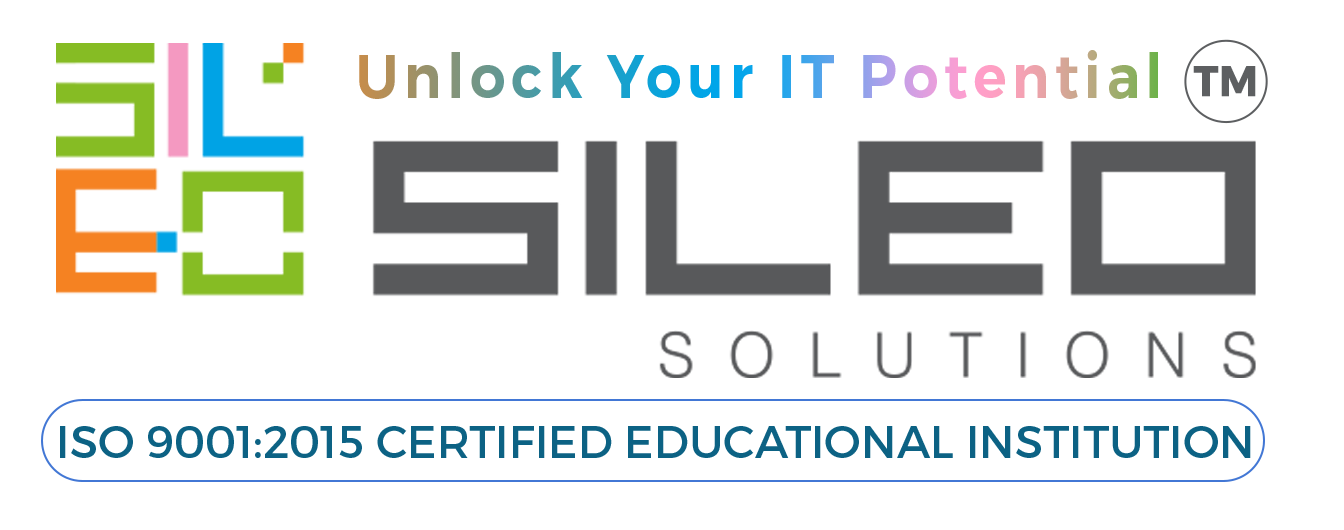VMWare certification course is a training program that teaches you how to use VmWare products and technologies, such as virtualization, cloud computing, networking, security, and end-user computing. There are different types of VmWare courses, such as online, on-demand, instructor-led, and certification courses.
VmWare ESXi data center course syllabus is a document that outlines the topics and objectives of a training program that teaches you how to use VmWare ESXi, a hypervisor that runs on bare-metal servers and allows you to create and manage virtual machines. There are different types of VmWare ESXi data center courses, such as certification courses, online courses, and instructor-led courses.
VMware VCP-DCV Syllabus:
Architectures and Technologies
Identify the pre-requisites and components for a vSphere implementation
– Identify the pre-requisites and components for a vSphere implementation
– Describe vCenter Server topology
– Identify and differentiate storage access protocols for vSphere (NFS, iSCSI, SAN, etc.)
- Describe storage datastore types for vSphere
- Explain the importance of advanced storage configuration (vSphere Storage APIs for Storage Awareness (VASA), vSphere Storage APIs Array Integration (VAAI), etc.)
- Describe storage policies
- Describe basic storage concepts in K8s, vSAN and vSphere Virtual Volumes (vVols)
– Differentiate between vSphere Network I/O Control (NIOC) and vSphere Storage I/O Control (SIOC)
– Describe instant clone architecture and use cases
– Describe ESXi cluster concepts
- Describe Distributed Resource Scheduler (DRS)
- Describe vSphere Enhanced vMotion Compatibility (EVC)
- Describe how Distributed Resource Scheduler (DRS) scores virtual machines
- Describe vSphere High Availability
- Describe datastore clusters
– Identify vSphere distributed switch and vSphere standard switch capabilities
- Describe VMkernel networking
- Manage networking on multiple hosts with vSphere distributed switch
- Describe networking policies
- Manage Network I/O Control (NIOC) on a vSphere distributed switch
– Describe vSphere Lifecycle Manager Concepts (baselines, cluster images, etc.)
– Describe the basics of vSAN as primary storage
- Identify basic vSAN requirements(networking, disk count + type)
– Describe the vSphere Trust Authority architecture
– Explain Software Guard Extensions (SGX)
VMware Products and Solutions
– Describe the role of vSphere in the software-defined data center (SDDC)
– Identify use cases for vCloud Foundation
– Identify migration options
– Identify DR use cases
– Describe vSphere integration with VMware Skyline
Planning and Designing
Installing, Configuring, and Setup
– Describe single sign-on (SSO) deployment topology
- Configure a single sign-on (SSO) domain
- Join an existing single sign-on (SSO) domain
– Configure VSS advanced virtual networking options
– Set up identity sources
- Configure Identity Federation
- Configure Lightweight Directory Access Protocol (LDAP) integration
- Configure Active Directory integration
– Deploy and configure vCenter Server Appliance
– Create and configure VMware High Availability and advanced options (Admission Control, Proactive High Availability, etc.)
– Deploy and configure vCenter Server High Availability
– Set up content library
– Configure vCenter Server file-based backup
– Analyze basic log output from vSphere products
– Configure vSphere Trust Authority
– Configure vSphere certificates
- Describe Enterprise PKIs role for SSL certificates
– Configure vSphere Lifecycle Manager/VMware Update Manager (VUM)
– Securely Boot ESXi hosts
– Configure different network stacks
– Configure Host Profiles
– Identify boot options
- Configure Quick Boot
Performance-tuning, Optimization, Upgrades
– Identify resource pools use cases
- Explain shares, limits and reservations (resource management)
– Monitor resources of vCenter Server Appliance and vSphere environment
– Identify and use tools for performance monitoring
– Configure Network I/O Control (NIOC)
– Configure Storage I/O Control (SIOC)
– Explain the performance impact of maintaining virtual machine snapshots
– Plan for upgrading various vSphere components
Troubleshooting and Repairing
Administrative and Operational Tasks
– Create and manage virtual machine snapshots
– Create virtual machines using different methods (Open Virtual Machine Format (OVF) templates, content library, etc.)
– Manage virtual machines
– Manage storage (datastores, storage policies, etc.)
- Configure and modify datastores (expand/upgrade existing datastore, etc.)
- Create virtual machine storage policies
- Configure storage cluster options
– Create Distributed Resource Scheduler (DRS) affinity and anti-affinity rules for common use cases
– Configure and perform different types of migrations
– Configure role-based user management
– Configure and manage the options for securing a vSphere environment (certificates, virtual machine encryption, virtual Trusted Platform Module, lock-down mode, virtualization-based security, etc.)
– Configure and manage host profiles
– Utilize baselines to perform updates and upgrades
– Utilize vSphere Lifecycle Manager
- Describe Firmware upgrades for ESXi
- Describe ESXi updates
- Describe component and driver updates for ESXi
- Describe hardware compatibility check
- Describe ESXi cluster image export functionality
– Configure alarms

